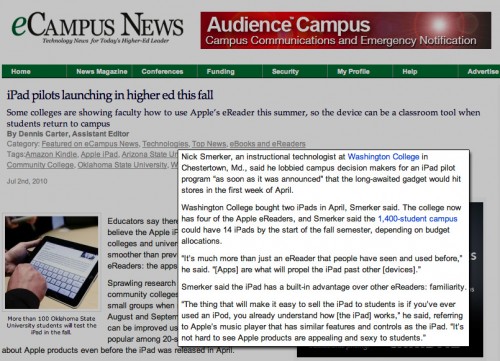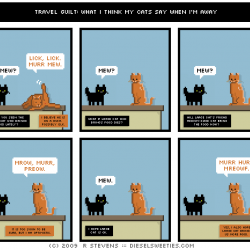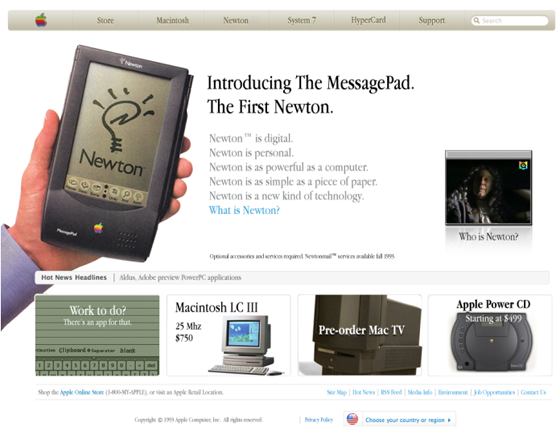Future fashion takes shape
The Fits.me mannequin may be the most cleverly futuristic piece of hardware I have ever seen. It is a torso equipped with motorized panels that can approximate a wide range of male body shapes. Clothing retailers can use this to create a database of photos of their garments and when a customer enters in their measurements, the correct photos is culled up. It works like this:
See? Genius. Never wonder what size is going to look best on you again! As someone who is often let down by unnecessarily boxy menswear, this could save my ass while internet shopping.





 I had a bit of an epiphany this morning while reading a paper copy of Wired in bed. After finishing an article on
I had a bit of an epiphany this morning while reading a paper copy of Wired in bed. After finishing an article on 